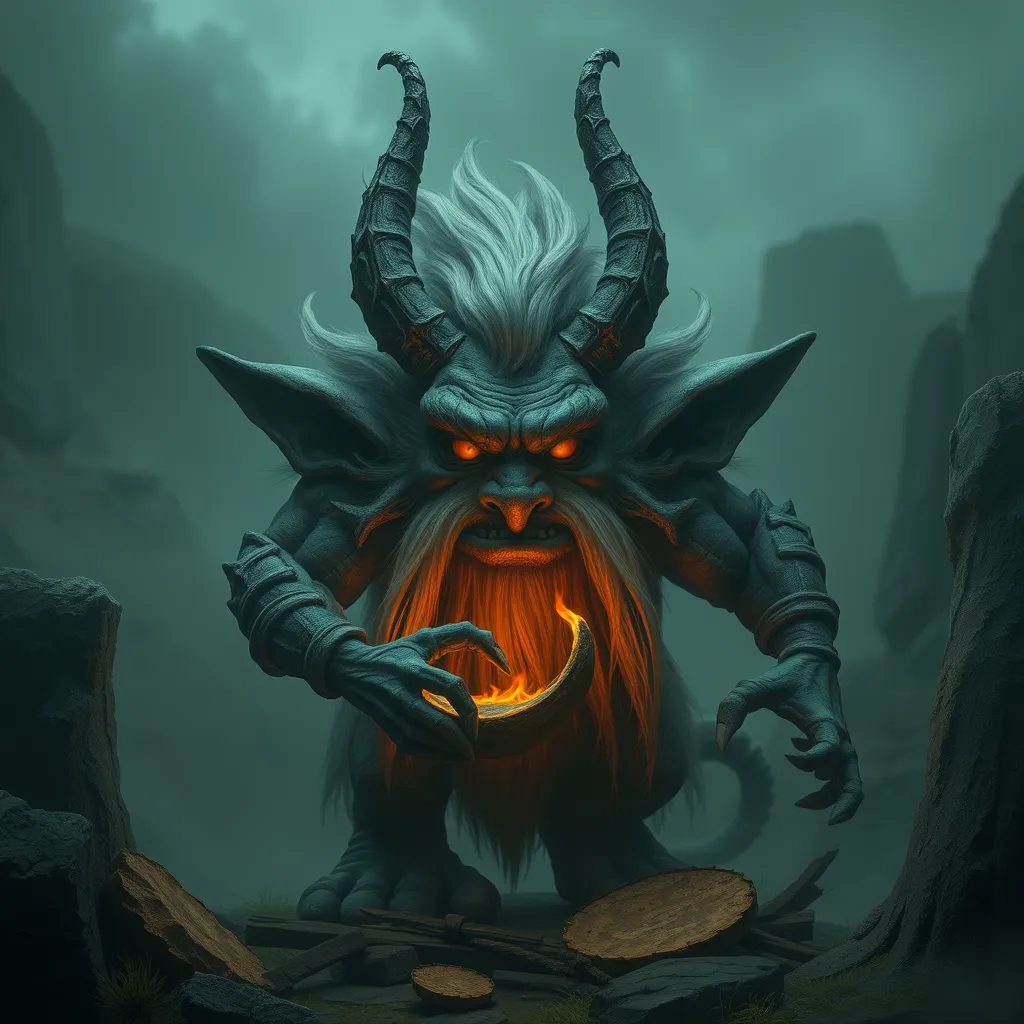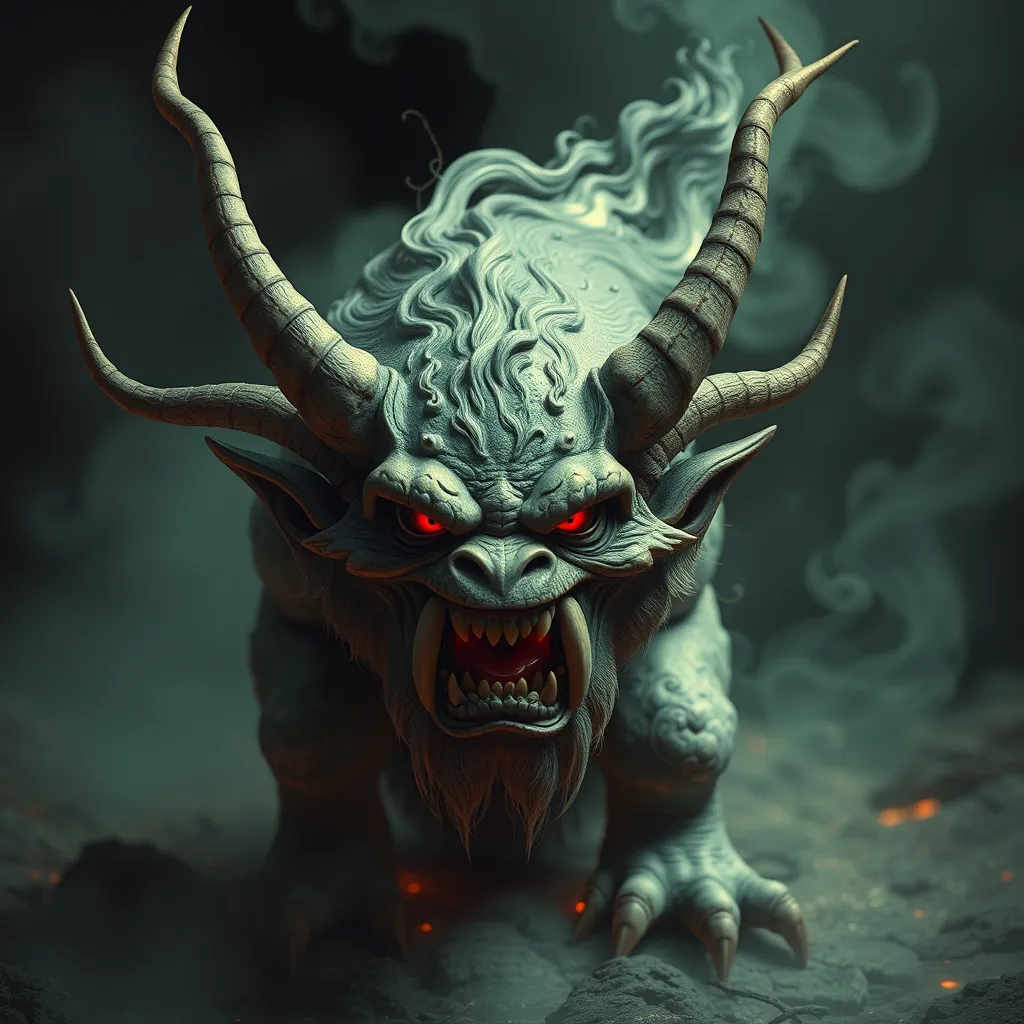The Curse of the Dybbuk: Tales of Revenge and Unfulfilled Desires
I. Introduction
The Dybbuk is a haunting figure in Jewish folklore, often depicted as the restless spirit of a deceased person who possesses the living. According to traditional beliefs, a Dybbuk is a soul that has not found peace due to unresolved issues, particularly relating to revenge or unfulfilled desires.
This article explores the themes of revenge and unfulfilled desires as they manifest in Dybbuk tales, shedding light on their cultural significance and the psychological implications behind these narratives. Understanding the Dybbuk not only provides insight into Jewish mysticism but also reveals enduring human emotions that resonate across cultures and generations.
II. Historical Context of the Dybbuk
The origins of the Dybbuk can be traced back to Jewish mysticism, specifically Kabbalistic beliefs that emerged in the Middle Ages. In Kabbalah, the concept of the soul is complex, with various levels and aspects that can become trapped or disturbed.
Over the centuries, the myth of the Dybbuk evolved, becoming a prominent figure in Jewish folklore. It has been referenced in various texts and narratives, illustrating the fears and anxieties of Jewish communities throughout history. The Dybbuk serves as a cultural touchstone, representing the struggles of the Jewish people, particularly during times of persecution.
III. Characteristics of the Dybbuk
A Dybbuk is typically defined as a malevolent spirit that clings to the living, often seeking to fulfill its own desires or enact revenge. The traits of a Dybbuk include:
- A disembodied soul that has not moved on to the afterlife.
- An intense desire to communicate or achieve something left unresolved.
- The capability to possess living individuals, often causing distress or erratic behavior.
The process of possession involves a gradual takeover of the host’s consciousness, resulting in symptoms such as altered behavior, voices, and sometimes physical manifestations. It is essential to distinguish Dybbuks from other spirits in folklore, such as ghosts or poltergeists, as Dybbuks are specifically tied to the concept of revenge and unresolved issues.
IV. Famous Dybbuk Tales and Legends
Numerous stories involving Dybbuks have emerged throughout history, each carrying moral or cautionary messages. One of the most notable tales is that of the Dybbuk of Bialystok, which tells the story of a bride possessed by her deceased lover’s spirit on the eve of her wedding.
This tale encapsulates the themes of lost love and the inability to move on, illustrating how unfulfilled desires can manifest in haunting forms. The role of storytelling in preserving Dybbuk mythology is significant; these narratives are not only entertaining but also serve to educate and warn members of the community about the consequences of unresolved issues.
V. Themes of Revenge in Dybbuk Narratives
Revenge is often portrayed as a driving force behind the actions of a Dybbuk. In many tales, the spirit seeks retribution for wrongs suffered in life, leading to dire consequences for the living. Some case studies of revenge-driven Dybbuk possessions include:
- The story of a man who, wronged in business, returned as a Dybbuk to haunt his former partner.
- A tale of a woman who, betrayed by her lover, possessed a family member to exact revenge.
The psychological implications of these revenge-driven tales reveal deep-seated human emotions, addressing themes such as jealousy, betrayal, and the desire for justice. They serve as a reminder of the potential for unresolved anger to transcend the mortal realm.
VI. Unfulfilled Desires and their Consequences
Unfulfilled desires represent another significant theme in Dybbuk narratives, often leading to hauntings and possessions. These desires can stem from various sources, including lost love, unachieved goals, or the longing for closure.
The impact of lost love and regret is particularly poignant in Dybbuk stories, as seen in the tale of the Dybbuk of Bialystok. The bride, unable to let go of her love, becomes an unwilling vessel for the spirit, highlighting the tragedy of unfulfilled romantic desires.
These narratives connect to broader themes in literature and psychology, as they explore the consequences of desire and the lengths to which individuals will go to attain resolution. The Dybbuk serves as a metaphor for the burdens of the past that can haunt the living if left unaddressed.
VII. The Dybbuk in Modern Culture
In contemporary culture, the Dybbuk has found representation in various forms of media, including film, literature, and art. Notable adaptations include the classic Yiddish play “The Dybbuk,” which explores themes of love, betrayal, and the supernatural. Films like “The Possession” draw inspiration from Dybbuk lore, introducing the concept to a broader audience.
Modern interpretations of Dybbuk tales often reflect societal anxieties and the complexities of human relationships. The Dybbuk’s relevance today lies in its ability to address universal themes of love, revenge, and the consequences of unfulfilled desires, making it a compelling subject for exploration in a rapidly changing world.
VIII. Conclusion
The Dybbuk remains a significant figure in both folklore and modern culture, embodying themes of revenge and unfulfilled desires that resonate deeply with the human experience. These narratives serve as cautionary tales, reminding us of the importance of resolving our emotional conflicts before they manifest in haunting forms.
As we reflect on the enduring significance of the Dybbuk, we can appreciate the lessons learned from these stories—lessons about the power of love, the dangers of unresolved anger, and the necessity of closure. In understanding the Dybbuk, we gain insight not only into Jewish folklore but also into the universal struggles that define the human condition.



